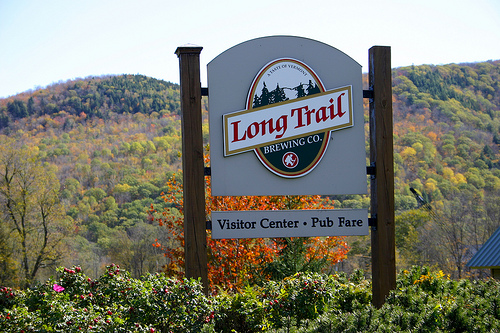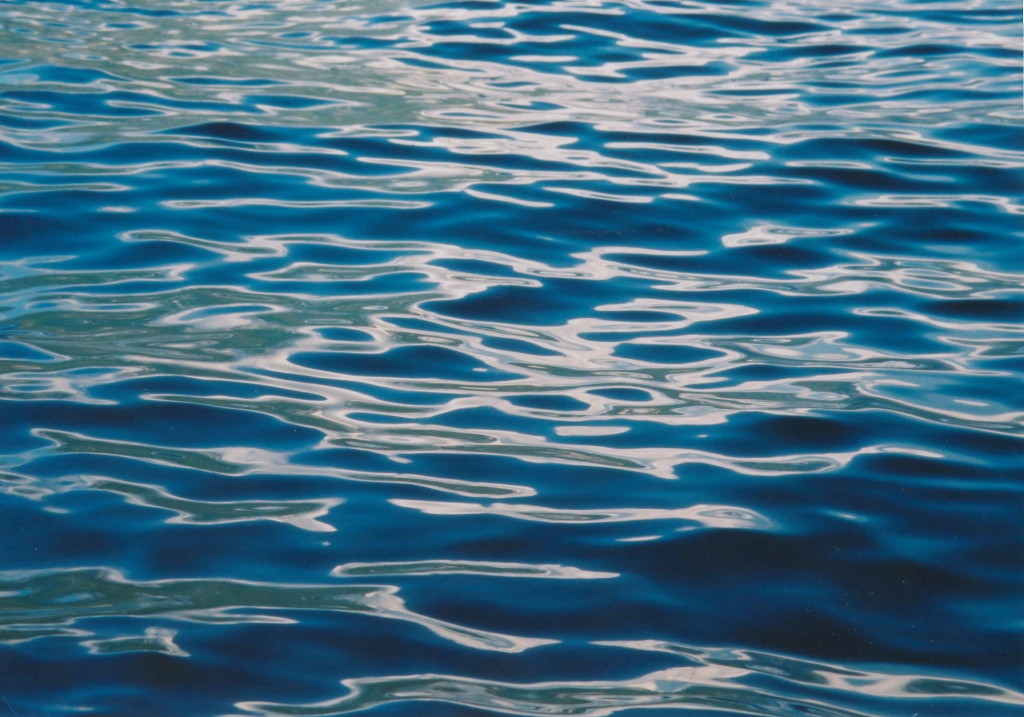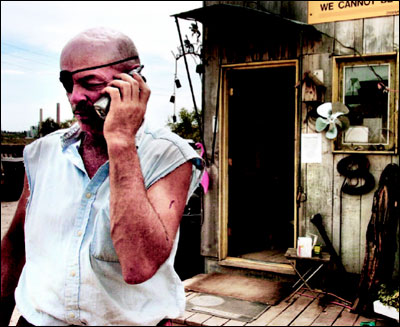 Based on a comment I received in regards to last week’s article “Responsibilities of the Alcohol Industry”, I thought I’d follow up with an article addressing how much water is actually used to make beer. Although that article really looked at the social responsibility of alcohol companies, I did mention more than once that beer production uses a sizable amount of water, so I’ll see if I can quantify that a bit better.
Based on a comment I received in regards to last week’s article “Responsibilities of the Alcohol Industry”, I thought I’d follow up with an article addressing how much water is actually used to make beer. Although that article really looked at the social responsibility of alcohol companies, I did mention more than once that beer production uses a sizable amount of water, so I’ll see if I can quantify that a bit better.
Clearly water is an important issue in the industry and this is immediately clear as we go back to the MillerCoors 2010 Sustainability Report. The first part of the environmental section discusses water usage with an overall goal to reduce water usage by 15% to meet a ration of 3.5 (water):1 (beer) by 2015. So there you have it, your beer Miller or Coors will still be watered down in 2015.
There is a five point outline of actions for water usage:
• Water efficiency
• Wastewater management
• Water supply assessment
• Water footprinting
• Community investment
These seem like admirable action items although the report quickly admits that water usage actually increased in 2009 over 2008 so it appears they’re heading in the wrong direction. The goal is to right the ship through water reclamation research/implementation and prevention of evaporation although the report does not specifically note how much water will be saved through these processes.
The most positive news is that MillerCoors is putting money into much needed R&D and has funded some interesting programs. One regarding wastewater involves a $10 million membrane bio-reactor that helps remove phosphorus and nitrogen before being discharged back into the Chesapeake watershed. This R&D investment is especially key considering, two of the company’s plants exist in “water scarce” regions in Texas and California and two are in “water stressed” areas, North Carolina and Georgia.
Now let’s look at one of my favorite breweries, Long Trail in Vermont. Admittedly this is a microbrew from Vermont so the playing field is quite different, but an interesting look nonetheless. The Eco-Brew portion of their website states that the industry standard for water usage is 6 gallons of water to 1 gallon of beer, while Long Trail has successfully trimmed that from 2:1. The brewery’s water treatment process is an interesting one, as it does not have access to municipal water. Therefore the water comes from wells. The water is used in beer-making, processed and finally “returned to the ground via underground injection into our on-site leach fields (I’ll see if I can find out a bit more about that).
So the details are somewhat scant here, but I would argue in proportion to the size of the companies at least. To me, it seems as though the MillerCoors goals are not incredibly ambitious and it appears that they’re having trouble moving in the proper direction. In any case, it’s obviously an important issue and one on which breweries depend for their livelihood.
Image Credit by jenniferseye via Flickr under a CC license




The water analysis is interesting and we’re all interested in saving water — except when that water is full of barley and hops from the Long Trail brewery. Down here in hot San Antonio, I can almost smell that Vermont air along Route 4 at the October Country Inn and that short drive (or long walk) to the Long Trail for crisp IPA. Wow – now that takes me back 🙂
Steve, I couldn’t agree more. I’d give up water by itself if it meant it was going into Long Trail or any other number of fantastic New England microbrews. That and if I didn’t need it for basic survival…